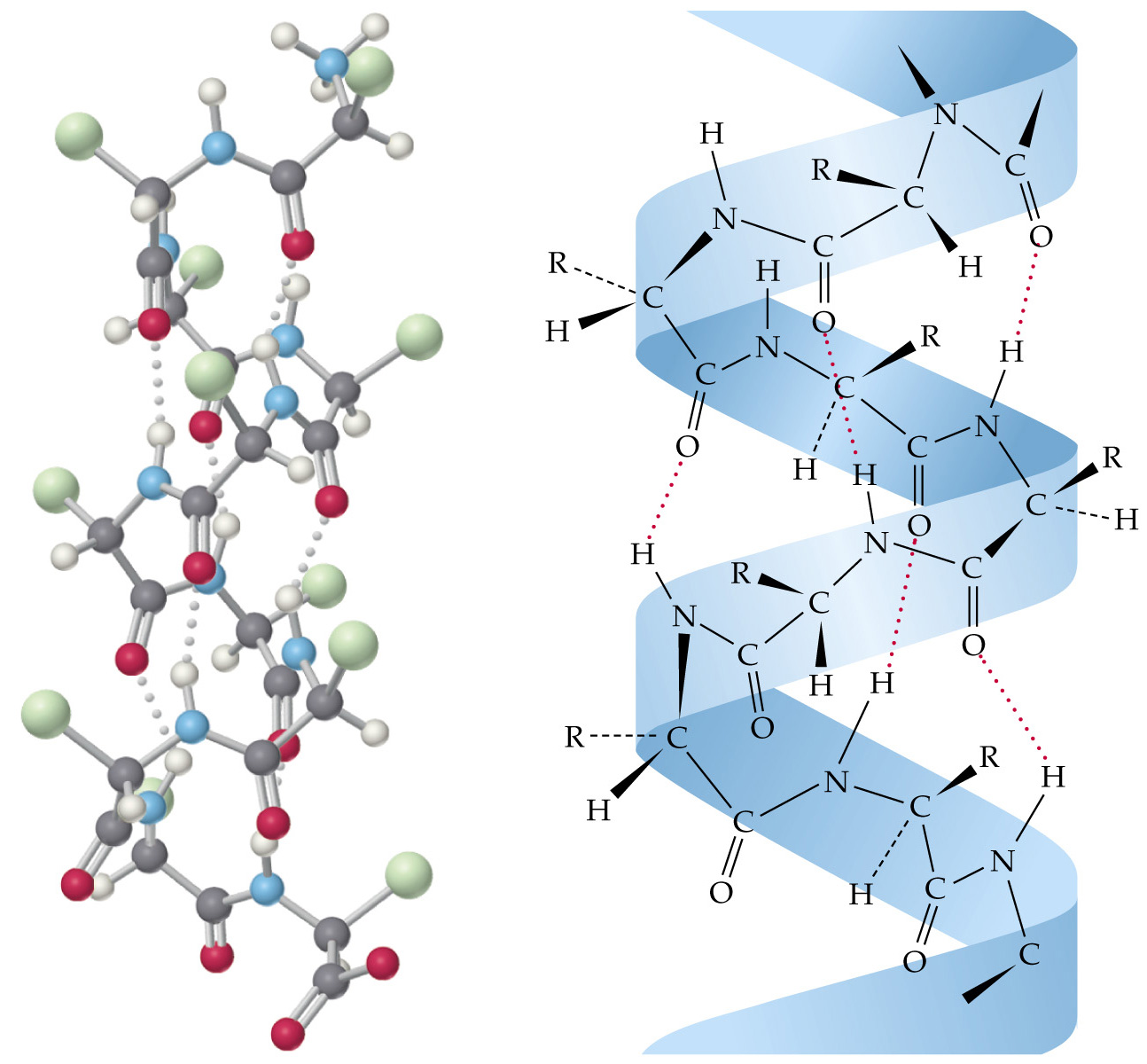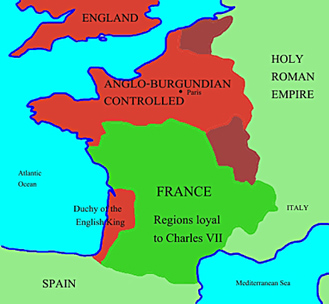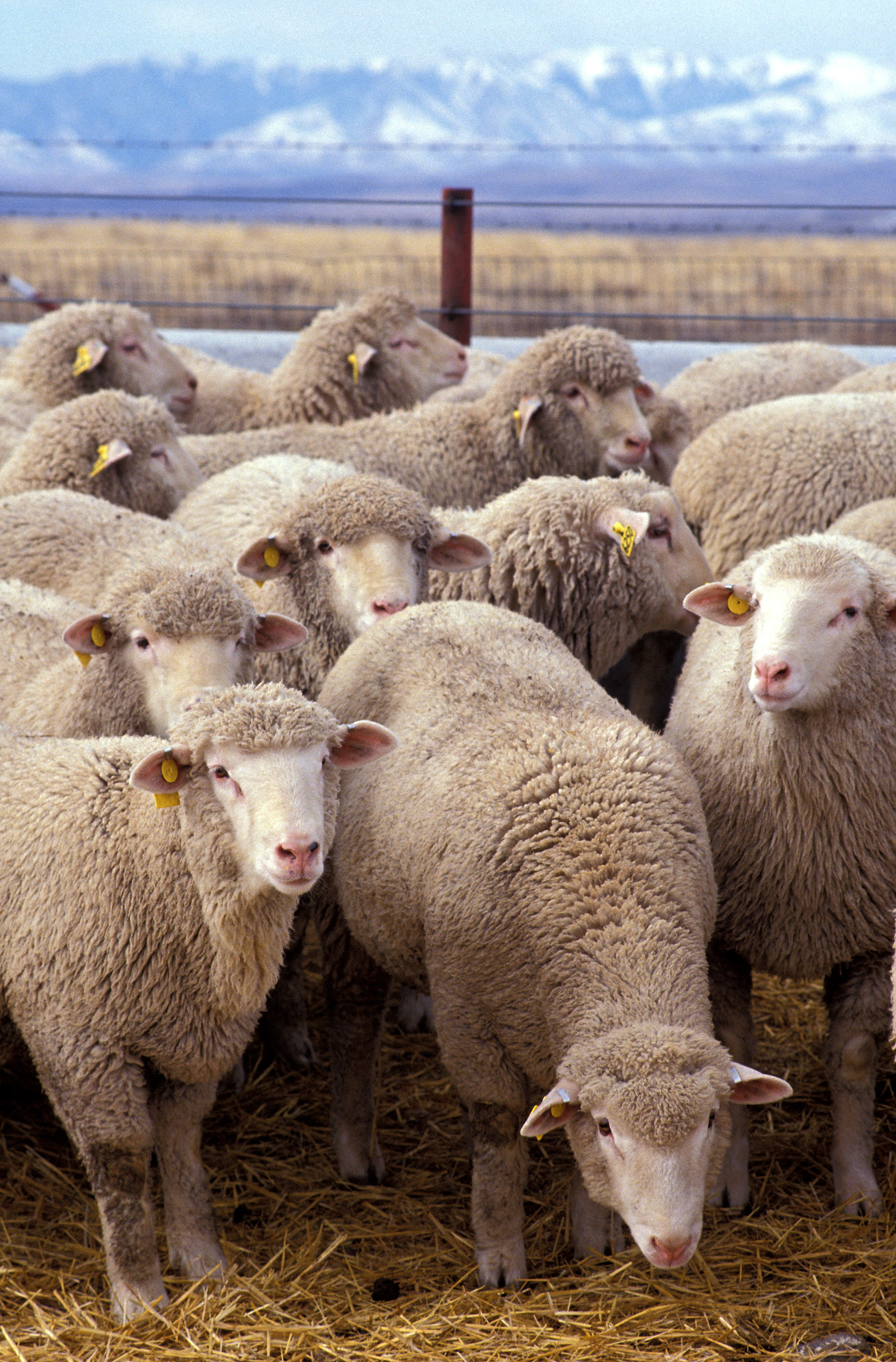April 23rd, 2008 · Comments Off on Ozone History ·
Ozone History | Ozone in the Troposphere | Ozone in the Stratosphere | History Effects Ozone | Ozone’s Other Uses
After a lightening strike, there is a peculiar odor that man has been aware of for centuries. It has been mentioned works such as The Illiad and The Odyssey. In 1785 Martin van Marum studied the passing of an electrical spark through diatomic oxygen and noticed a sweet smell. He attributed the smell to the electricity, calling it the “electrical odor.” It was not until Christian Schöbein studied the odor that he realized it did not come from the electricity, but was a different molecule. He named it ozone after the Greek word ozein, which means to smell. Schöbein is also the founder of guncotton, when he wiped nitric acid with a cotton cloth in his kitchen. The actual structure was not determined until T. Sterry Hunt hypothesized it was three oxygen atoms. The fact that ozone is so widespread was not realized until 1850. Gordon Dobson made the first tool to measure ozone and surface measurements began in the 1860s. The discovery of the ozone layer in the stratosphere did not come until the early Twentieth century.

�
Categories: Ozone
Tags: Leo Rose —
April 23rd, 2008 · Comments Off on Ozone Introduction ·
Ozone History | Ozone in the Troposphere | Ozone in the Stratosphere | History Effects Ozone | Ozone’s Other Uses
Ozone is a molecule comprised of three oxygen atoms. It is bent, like water, with one double bond and one single bond.
Categories: Ozone
Tags: Leo Rose —
April 23rd, 2008 · Comments Off on Why Wool? ·
Introduction |Keratin | Why Wool? | A Sheep Market | Wool War I |References
Beginning in ancient world and continuing until the modern day, wool has achieved wide acclaim as a fiber. Wool has several chemical and physical characteristics that are responsible for its widespread popularity.
- Disulphide bonds formed through Keratinization making Keratin fibers insoluble in water and more resistant to chemical and physical attacks.
- Chemical cross links (both ionic and hydrophobic interactions) stabilize the protein in wet and dry conditions.
- The Helical structure of some Keratins affects the flexibility, resilience, elasticity and wrinkle disguising abilities of wool.
- The amorphous structure of other keratins in wool allows wool to absorb more moisture than other fibers and also enables the retention of dyes.
- Crimping of wool allows for greater air retention. This excess of air, which is a poor conductor, is the cause of wool’s insulating abilities. Thus in cold weather, wool garments maintain body heat, allowing the wearer to remain warm.
The diagram below shows intermolecular hydrogen bonding in keratin, which results in increased strength of the protein.

Categories: Keratin
April 23rd, 2008 · 2 Comments ·
Introduction |Keratin | Why Wool? | A Sheep Market | Wool War I |References
In the decades leading up to the Hundred Years War, a triangular trade developed between England, Flanders and southern France. In 1066, Norman invaders from northern France under the leadership of William the Conqueror, overthrew the existing monarchy and aristocracy in England and established a new rule. The Normans brought with them their love for wine. The English had traditionally drunk beer, since the English climate and geography is not suitable to the cultivation of grapes. The Normans then, were forced to import their cherished wines from southern France. The main English export, however, was wool. Southern France, being a predominantly agricultural region, had little use or need for unprocessed wool. They did, however, import manufactured cloth from Flanders in the North. The Flemish, while having an extensive cloth manufacturing industry, needed to import much of their raw material, wool, and often imported wool from England. Thus, the Flemish sold processed woolen cloth to southern France in return for wine which was used to trade for wool from England.
 |
| |
|
| |
|
This triangular trade which was sustained by wool continued for decades to the benefit of each of the three regions. Soon, however, the French monarchy began consolidating its control over France, which posed a threat to the balance of trade. The French Kings were especially interested in regaining control over the province of Flanders. The Flemish had always been vassals of the French king, but taking advantage of his previous weakness, they had acted independently, amassing great wealth through the wool trade with England. As the French monarchy strengthened, however, they wished to reestablish their authority over the Flemish to gain control of the profitable wool trade. The English, while having strong economic ties with Flanders, often fought the French kings over the large tracts of land that the English control in southern France. The growing power of the French monarchy posed a threat to the economic stability of England and the English were determined to prevent the French from taking control of Flanders. Thus when the civil war between pro-French and anti-French factions broke out in Flanders, the English supported the anti-French merchant class. The conflict, coupled with other Anglo-French tensions, soon escalated into war between England and France, which would last for 116 years.
Categories: Keratin
Tags: Michael Blake —
April 23rd, 2008 · Comments Off on A Sheep Market ·
Introduction |Keratin | Why Wool? | A Sheep Market | Wool War I |References

The immense popularity and widespread use of woolen cloth, due to its many beneficial qualities, had a lasting influence on the economies of medieval Europe. The economies of several regions of Europe were dependent on wool for the generation of capital.
The economies of Florence and Flanders, located in Northern France, were based on the production of fine woolen textiles, which were exported to the whole of Europe. For instance, the prosperous bankers and rulers of Florence, the Medici family, initially derived their immense wealth from the production of textiles from wool.
Italy and Flanders did not, however, produce much of their own fleece or raw wool so they needed to import it from other regions. Spain and Burgundy, part of modern day France and Germany, were major exporters of wool during the Medieval period. The largest exporter of wool, however, was England. By the early fourteenth century, England exported more than 35,000 sacks of wool, each sack containing twelve stones of wool or roughly 168 pounds.
Over time, a strong wool trade developed between England and Flanders which would transcend economics and play a large role in the political futures of the two regions.
Categories: Keratin
Tags: Michael Blake —
April 23rd, 2008 · 1 Comment ·
Introduction |Keratin | Why Wool? | A Sheep Market | Wool War I |References
Keratins are fibrous proteins that compose a variety of organic materials found in living organisms. They form hard but non-mineralized structures found in birds, reptiles, amphibians and mammals. Keratins are divided into two subsets, alpha and beta keratins.Alpha keratins are found in mammals only and are responsible for the make up of hair, nails, horns, hooves and claws. Beta keratins are present in birds, reptiles and amphibians forming claws, nails, scales, shells, feathers and beaks. Beta keratins are often harder than their alpha counterparts.
Being a type of protein, keratins are made up of long chains of amino acids. All proteins are created through the various combinations of the same twenty amino acids. The most prevalent amino acids found in keratins are glycine, alanine and cysteine, the chemical structures of which can be found below.
Cysteine:
Alananin:
Glycine:
Categories: Keratin
Tags: Michael Blake —
April 23rd, 2008 · 1 Comment ·
Introduction / DDT molecule / Malaria / World War II
Environmental Problems / Insect Resistance / Begin Using Again? / Resources
-
In recent years (since 2001) DDT has started to make a comeback and the enivronmental issues (as discussed in the environmental section) and resistance has been re-investigated.
-
Donald Roberts, entomologist at te Uniformed Services of the Health Sciences in Bethesda, Maryland, conducted experiments in the Amazon basin to investigate resistance
-
he chose two huts side-by-side and sprayed one of them and not the other
-
he discovered that even if the mosquitoes were resistant to the DDT it was effective in repelling the mosquitoes
-
So it still could protect humans even if the DDT was not actually killing the mosquito
-
Based off the statistics that show that it was the agricultural use of DDT that had an effect on the environment and not the small amount that was used for protection against malaria, DDT has begun to be used again for malaria control.
-
Hopefully with this new positive outlook on DDT it will be available to help future generations fight the spread of malaria.
Categories: DDT
Tags: Kimberly Ward —
April 23rd, 2008 · Comments Off on Insect Resistance ·
Introduction / DDT molecule / Malaria / World War II
Environmental Problems / Insect Resistance / BeginUsing Again? / References
There are a few theories as to how certain insects became resistant:
1. Large amounts of a chemical trigger an ‘ancestral response’
- biological response mechanism to natural toxins
- the insects that trigger this mechanism were able to develop a resistance and survive–natural selection
2. Resistance could result from behavioral changes
- the insect learns not to land on certain areas that have the insecticide so they are not genetically resistant but the insecticide is not as efficient.
3. In areas where there is extensive spraying of insecticides the number of resistant mosquitoes increases. Because it speeds up natural selection by “selecting” the mosquitoes that carry the resistant gene and killing the majority of mosquitoes that don’t have the resistant gene.
Categories: DDT
Tags: Kimberly Ward —
April 23rd, 2008 · Comments Off on Environmental Problems ·
Introduction / DDT molecule / Malaria / World War II
Environmental Problems / Insect Resistance / BeginUsing Again? / References
-
In Silent Spring, Rachel Carson claimed that DDT was responsible for:
-
However, a study conducted in 1998 in Great Britain suggests that eggshells were thinning about 47 years before DDT even became available
-
Rhys E. Green, of the Edinburgh office of the Royal Society for the Protection of Birds, speculated that the initial cause of the thinning was due to the beginning of industrialization because the polluntants that were released into the air may have contributed to a reduction in calcium which is needed for eggshells
-
Another study concurred with Carson and stated that DDT also accumulates in the tissues of animals which induce reproductive and neurological defects in birds and fish
-
And yet another study claimed that DDT also builds up in cows milk and can cause severe impairment in calves.
-
No matter what problems DDT may or may not cause the environment there has been evidence to suggest that it was only the massive agricultural use of DDT and not the malarial use that caused the environmental problems.
-
It has also been discovered that the appearance of resistant mosquitoes coincides with locations where DDT was used for agricultural purposes.
Categories: DDT
Tags: Kimberly Ward —
April 23rd, 2008 · 1 Comment ·
Introduction / DDT molecule / Malaria / World War II
Environmental Problems / Insect Resistance / BeginUsing Again? / References
- Disease is a major factor in deciding the outcome of war:
- American Revolution: both sides suffered losses from scurvy, cerebrospinal fever, yellow fever, typhus, and malaria.
- Spanish-American War: More of our troops in Cuba and the Caribbean were killed because of yellow fever and malaria than from the Spanish.
- Out of all the major wars we have fought only in World War II, when extensive use of DDT to kill mosquitoes and protect the troops from disease, were the total number of deaths from disease lower than from wounds.
- Certain insects are carriers of disease such as:
- Mosquitoes-malaria, dengue, yellow fever
- Lice-typhus
- Flies-dysentery
- At the beginning of WWII the Army’s medical department laid out a plan of protection for the troops against insects that carry these diseases. The plan included:
- pyrethrum spray
- protective clothing
- screens and nets
- rotenone powder
- But the Japanese monopolized the source of rotenone and the pyrethrum crop in Africa was destroyed.
- Because of this the troops in Guadalcanal, New Guinea, and Northern Africa fell ill due to Malaria. DDT was needed badly.
- By May 1943, DDT powder was deemed safe and effective by the Bureau of Entomology and Plant Quarantine and was distributed to troops to douse their clothing with to protect them from lice.
- In December 1943, the U.S. army invaded and occupied the city of Naples, Italy where typhus was prevelant. The army set up dusting stations around the city and civilians would come and soldiers would douse them with DDT powder.
- By March 1944: 2, 250,000 people were doused and the typhus epidemic in Italy was stopped. Also no American soldier contracted typhus in Italy.
- Also, as the Allied Forces in 1944 began to fight the Germans along two fronts: one through Northern France and the other through Southern Italy.
- To slow down the Allied troops advance through Italy, the Germans breached the dikes in southern and central Italy which had been in place to dry up the land and protect it from the anophelines mosquitoes, carriers of malaria. With the re-flooding of the land the mosquitoes came back. The Allied Forces sprayed the DDT and were able to continue their advance through Italy.
- Overall, the amazing effect of DDT on insect eradication proved useful in times of war to protect soldiers from contracting those diseases carried by insects and help them to stay healthy and continue to fight.
- If the Allied Forces had not obtained DDT the troops would most likely have perished in Italy due to malaria and Germany could very well have ended up winning the war.
Categories: DDT
Tags: Kimberly Ward —



